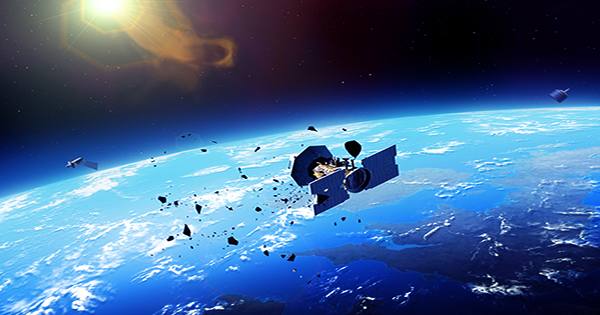Increased collaboration on quantum physics sensors between Norwegian industry and academics is a win-win situation for society. Such sensors have the potential to open up new possibilities in fields as diverse as mineral extraction and agriculture.
There has been much discussion on the possibility of quantum computers. Fewer individuals are aware that there are far more advanced practical applications of quantum physics that are directly relevant to Norwegian businesses and industries.
Quantum physics effects can be exploited to construct ultra-sensitive sensors for measuring things like magnetic fields and changes in the Earth’s structure, movement, and gravitational forces. Precision readings of these magnitudes have obvious applications in Norwegian industry, such as surveying land and the seabed for the exploitation of minerals and other resources.

Despite the fact that quantum computers have the potential to significantly advance information technology in the future, the moment has come to put what quantum physics has to offer in high-precision readings to use.
Highly sensitive measuring devices: Quantum sensor research aims to produce highly sensitive measurement devices based on fundamental quantum mechanics concepts.
Traditional sensors are limited by the detecting methods’ sensitivity, but emerging techniques have the ability to considerably exceed such restrictions.
The wavy nature of matter is completely utilized by these measuring instruments to measure physical magnitudes such as magnetic and electric fields, temperature, pressure, and even gravitational waves.
The atomic clock, which uses the vibrational frequency of atoms to measure time with great precision, is one example of such a sensor. Magnetometers, which detect tiny magnetic fields, are another type of quantum sensor.
Many fields of application for quantum sensors: Quantum sensors have the potential to transform fields such as navigation and medical imaging.
The same can be said for industries as mundane as mineral prospecting and agriculture. Quantum sensors can be used in mineral exploration to detect minerals that are difficult to find using typical exploration methods.
This could allow us to search for mineral reserves at much greater depths than we can now reach.
Farmers would be able to acquire extensive information about soil fertility, crop health, and water use. This data can then be utilized to improve agricultural yield and reduce waste.
This new type of sensor, by providing extensive information about soil and mineral qualities, will help lessen the environmental effect of these businesses and make them more sustainable, thus helping the green transition.
Quantum sensors central to global community: These are critical concerns that the global society must address in order to feed an ever-increasing population in a sustainable manner.
Without a doubt, basic research in this sector will be critical. Quantum sensors are just one example of how basic research in natural sciences will be critical in achieving significant technology breakthroughs.
Norway has world-class professionals
Norway, one of the world’s richest countries per capita, has researchers who are global leaders in their professions, and we must contribute here.
Major industry companies in Norway, such as Equinor and Yara, have the financial resources needed to finance the requisite free basic research. The Norwegian Research Council must also get the necessary money to adequately fund free fundamental research.
Investment in basic research needed: Look at what happened in the nineteenth and twentieth centuries to see how important basic research in physics was in the discovery of new technologies.
Experiments on electromagnetic waves in the late 1800s created the groundwork for long-distance communication via radio waves.
Ideas about stimulated emission in atoms that originated in the early 1900s led to laser technology.
Without any aim of practical use, experimental readings of electrical resistance in magnets in the late 1980s transformed magnetic storage technology ten years later. This is the foundation of Google’s, Apple’s, Microsoft’s, and Facebook’s massive storage clouds.
Meticulous foundational research on the transmission of electromagnetic signals over ultra-pure fiber-optic cables established the groundwork for the Internet, the world’s most essential piece of infrastructure.
There are plenty of such examples that might be given. Many of the fundamental technologies we use today have their roots in basic research undertaken decades ago.













